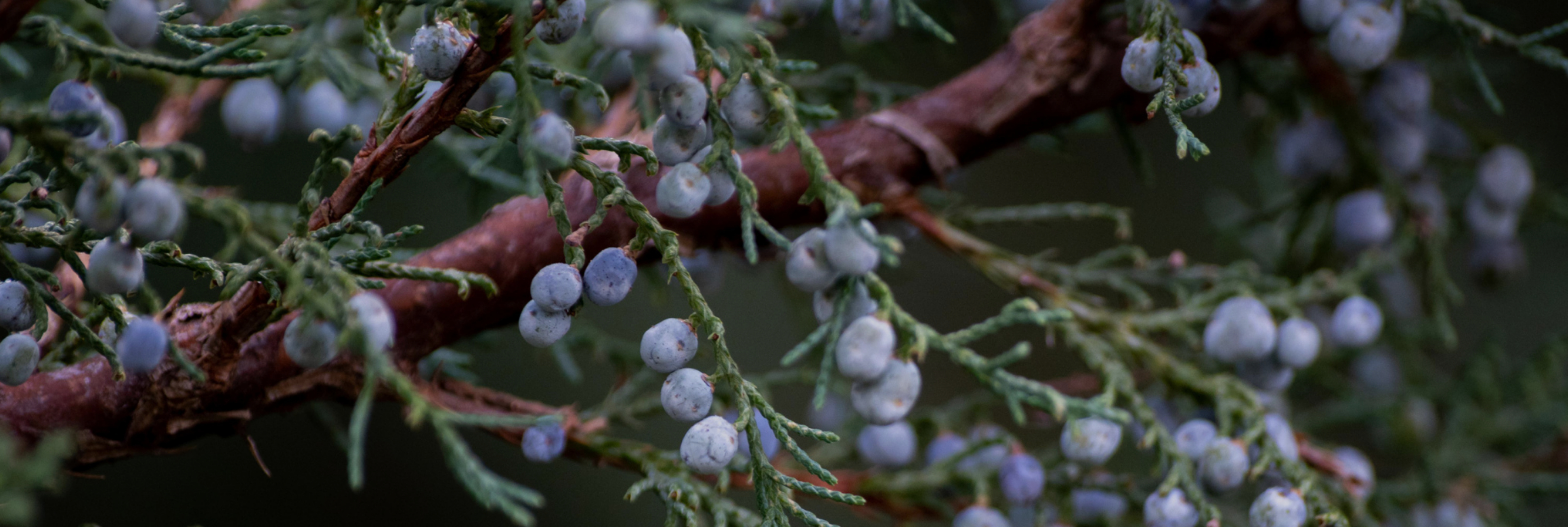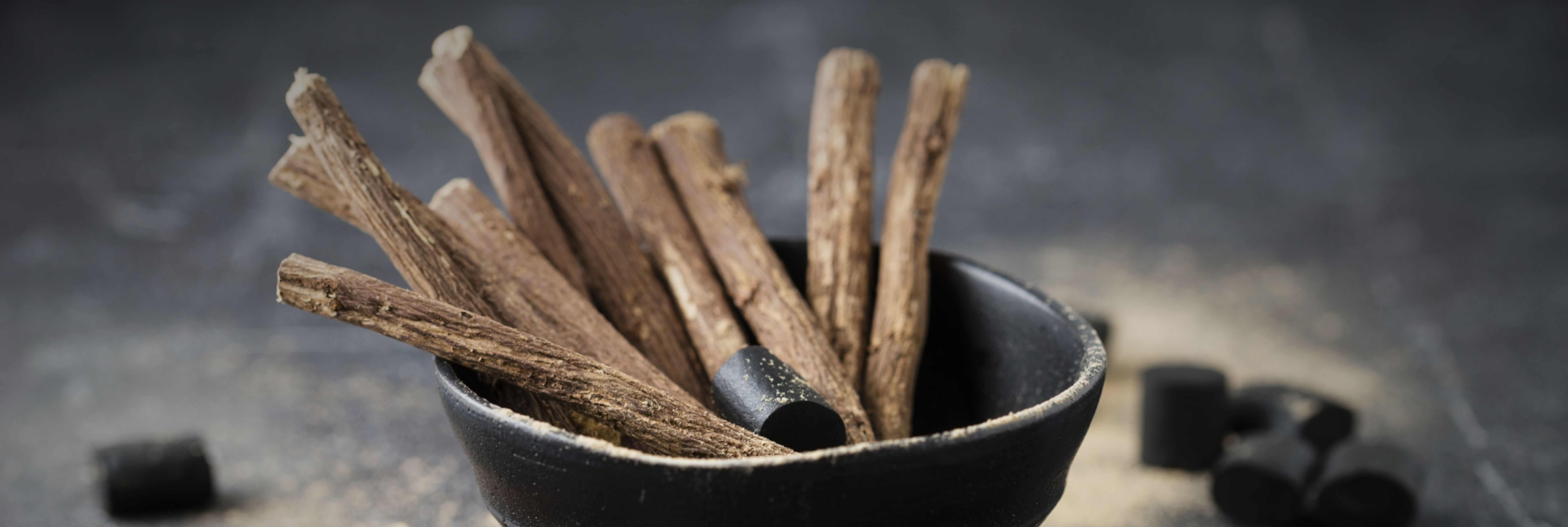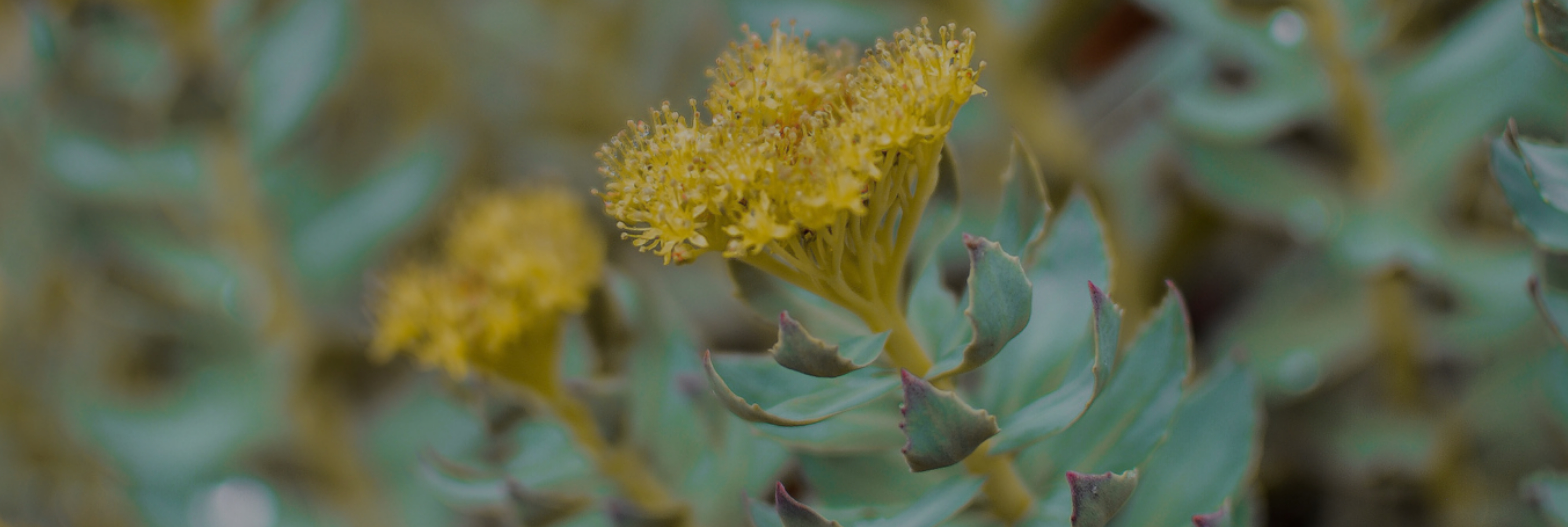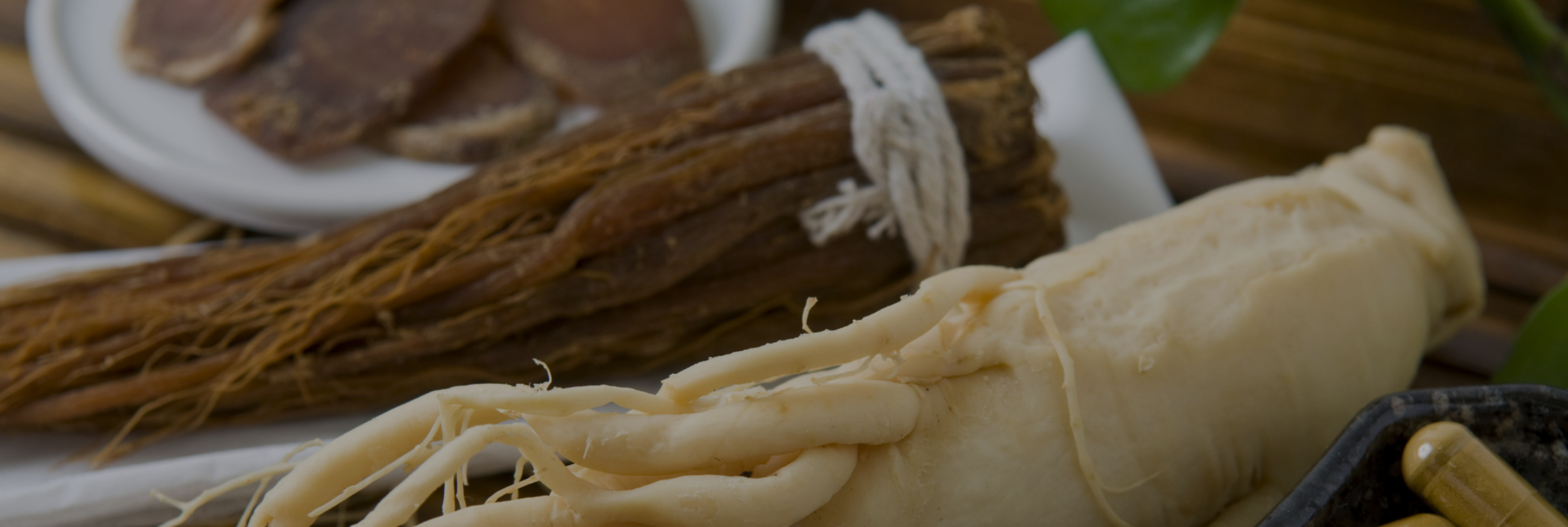At a glance
- Medicinal botanicals have been used in all civilisations.
- Their therapeutic properties have been passed down over the centuries.
- Today's botanical knowledge is the result of the many ways in which botanicals have been appropriated and exchanged around the world.
- As with ancient remedies, medicinal plants are opening up the way to therapeutic alternatives via research and, in particular, the isolating of their active ingredients.
The consumption of botanicals throughout history as a means of treatment is a very ancient practice, which continues today with the progress of science with the therapeutic properties and beneficial virtues of the botanical world.
Here we explore the role of medicinal botanicals and how their use has evolved over time and across cultures.
Overview of the use of medicinal botanicals
From Prehistory to the first civilisations
Throughout the ages, botanicals have been considered as parts of rituals, as essential commodities and above all as ingredients in pharmacopoeia.
In prehistoric times, humans consumed botanicals for food, but they also experimented with their curative properties. Archaeologists have discovered traces of the use of medicinal botanicals, in particular garlic and yarrow, in burial sites dating back 60,000 years, probably for ritual or treatment purposes (1). The gradual recognition of toxic and edible botanicals has in fact become a form of knowledge that was passed on first orally and then in written documents.
 |
 |
| Garlic | Yarrow |
Research has shown, for example, that three millennia BC, the Sumerians used poppies for their analgesic properties. (2)
 |
| Poppy |
In Egypt, the so-called Ebers papyrus, one of the world's oldest medical documents, describes an extensive pharmacopoeia, mainly based on botanicals (3) to treat pain and various ailments. The Egyptians looked to botanicals for qualities related to their ‘phytoreligious’ beliefs. (4)
 Papyrus Ebers, Leipzig University
Papyrus Ebers, Leipzig University
In this papyrus, following botanicals are mentioned several times:
 |
 |
 |
| Acacia | Juniper berries | Lotus |
 |
 |
 |
| Sycamore | Valerian | Willow |
Fruits:
 |
 |
 |
 |
| Dates | Figs | Grapes | Jujube |
As well as spices... (5):
 |
 |
| Coriander | Cumin |
Traditional Chinese medicine, which dates back 5,000 years, is based on an immense knowledge of botanicals, and a treatise called the Shennong Bencao Jing or classical herbarium of Shennong (the mythological patron saint of doctors and pharmacists) mentions ginger and ginseng, for example. (6)
 |
 |
| Ginger | Ginseng |
Passing on knowledge about the properties of botanicals
In ancient Greece, the therapeutic use of botanicals was developed by Hippocrates and Dioscorides, who in 77 AD wrote a collection entitled ‘De materia medica’ surveying more than 500 drugs. Pliny the Elder and Celsus completed this list in the 1st century AD, while Galen detailed the preparation of these ‘medicines’ (7). The Greek scientist Theophrastus, the founder of botany, wrote two works devoted to the study of botanicals: The History of Plants and The Causes of Plants (8). Three centuries AD, the tradition is to think that ‘divine providence wanted human beings to be plagued by illnesses, but at the same time, it took care to grow appropriate botanicals to cure each of their ailments'. (9)
In the Middle Ages, it was the monks who ensured the transmission of medicinal knowledge, notably via their herbariums and monastery gardens. It was the alchemist Paracelsus who, during the Renaissance, introduced the notions of active principles and the specificity of botanicals in his theory of signatures, based in particular on the idea that every botanical carries a message. At the time, medicines were mixtures of substances prepared from distilled botanicals: syrups, oils, plasters, etc. (10)
Appropriation of medicinal botanicals and trade
In the 16th century, new botanical discoveries from America supplemented ancient knowledge. Their use was likely to involve a skilful process of extraction and transformation. The botanicals of the ‘New World’ were thus considered, and the Indies became a reservoir of natural resources.
'Europe was supplied with medicinal botanicals, (...) and above all chocolate (cocoa bean) and tobacco. By crossing the Atlantic, these two products left the ritual register of the Indians and entered the register of European medicine ’. (11)
 |
 |
| Cocoa beans | Tobacco leaves |
This was the case, for example, with cinchona and its bark, but the many intermediaries involved in the travel and transport of the botanicals, as well as their rarity, meant that they could be falsified. The appropriation of these botanical remedies also clashed with European medicine before they could be disseminated and validated as treatments by doctors and apothecaries.
Scientific research from the 16th century to the early 20th century, with its colonial regimes, enabled the development and transfer of botanical knowledge, including the study of exotic botanicals, whose medicinal heritage is reflected in contemporary phytotherapy.
The wealth of ancestral botanical knowledge
Native American populations have a long tradition of using botanicals for therapeutic purposes. For example, willow leaf and bark were commonly recommended for their anti-inflammatory and antiseptic properties (12). Amazonian tribes used the rich diversity of their botanicals to combat infections, digestive problems and headaches. As with rubber, chilli peppers, sweet potatoes, pineapples and manioc, guarana is an example of a botanical that was domesticated several thousand years ago in Brazil for its energising properties. Its name means ‘principle of knowledge’ (13). These botanicals from ancestral Amazonian communities are living testimonies of biodiversity and knowledge, particularly through a history of colonisation.
 |
| Guarana |
The use of botanical species and medicinal botanicals remains an important practice in many cultures, where treatment involves passing on remedies and decoctions of bark, leaves or roots, particularly on the African continent.
From ancient remedies to scientific research for medicinal botanicals
The transition from the traditional use of botanicals to the concentration of their active ingredients is based on ancient knowledge. These examples demonstrate the effectiveness of traditional remedies through modern scientific discoveries.
- For over two centuries, the use of digitalis, a glycoside derived from the foxglove botanical, has enabled the development of a medicine commonly used to treat heart problems. Today, via this botanical, the symptoms of heart failure are reduced (14).
 |
| Foxglove |
- Aspirin, derived from the extraction of salicylic acid from willow bark, has also become an essential medicine.
 |
| Willow bark |
- The quinine contained in cinchona bark has made it possible to treat malaria.
 |
| Cinchona bark |
The role of botanicals in natural and alternative health treatments is vital and can pave the way for new therapeutic discoveries.
Medicinal botanicals have been used by humankind for thousands of years, from the earliest traces of their empirical use to contemporary research into their mechanisms of action. Whether it's antioxidant impacts, antiviral properties, anti-inflammatory or sedative actions, etc., the potential of botanicals offers ever more promising prospects for research and therapeutic applications.
The incorporation of ancestral medicinal botanicals into nutraceuticals is an opportunity to promote phytotherapy and its benefits, rather than certain synthetic chemical treatments with their many side-effects. The major challenge in using these precious medicinal botanicals lies in their botanical identification, dosage and innocuity, three criteria which must be respected in addition to the regulations, in order to guarantee optimal efficacy and use.
Feel free to contact us
To see our entire product range, check out our online catalogue available 24 HOURS A DAY 7 DAYS A WEEK.
Sources :
(1) https://www.hominides.com/html/actualites/neandertal-plantes-medicinales-0634.php
(2) Christian Le Marec,, Histoire de l’opium médicinal: Du pavot aux alcaloïdes de l’opium, Douleurs : Evaluation - Diagnostic - Traitement,Volume 5, Issue 2, 2004, Pages 83-98, ISSN 1624-5687, https://www.sciencedirect.com/science/article/abs/pii/S162456870494499X?via%3Dihub
(3) https://www.universalis.fr/encyclopedie/decouverte-du-papyrus-ebers/ | http://digi.ub.uni-heidelberg.de/diglit/ebers1875bd1/
(4) Nathalie Baum, « L'organisation du règne végétal dans l'Égypte ancienne et l'identification des noms de végétaux », dans Sydney H. Aufrère (dir.), Encylopédie religieuse de l'Univers végétal, Croyances religieuses de l'Égypte ancienne, vol. 1, Université Paul Valéry - Montpellier III, 1999, p. 421-443.
(5) Thierry Bardinet, Les papyrus médicaux de l'Égypte pharaonique. Traduction intégrale et commentaire, Paris, Fayard, 1995. Papyrus Ebers : p. 157-197 (présentation), p. 251-373 (traduction)
(6) Park HJ, Kim DH, Park SJ, Kim JM, Ryu JH. Ginseng in traditional herbal prescriptions. J Ginseng Res. 2012 Jul;36(3):225-41. https://pubmed.ncbi.nlm.nih.gov/23717123/
(7) QUETIN-LECLERCQ, Joëlle. Le voyage insolite de la plante au médicament. Journal de pharmacie de Belgique, 2002, vol. 57, p. 11-20.
(8) Théophraste, Recherches sur les plantes. À l'origine de la botanique, Belin, 2010, 420 p. Théophraste, Sur les Plantes, Paris, Éd. Leroux, 1887.
(9) M-J. Imbault-Huart, La médecine au Moyen Âge, éditions de la Porte Verte - Bibliothèque Nationale, 1983, p. 129-130.
(10) LEFEBVRE, Thierry et RAYNAL, Cécile. Paracelse. Entre magie, alchimie et médecine: une vie de combat au temps de la Renaissance. Revue d'Histoire de la Pharmacie, 1996, vol. 84, no 311, p. 407-410.
(11) LAMY, Jérôme. Samir Boumediene, La colonisation du savoir. Une histoire des plantes médicinales du «Nouveau Monde»(1492-1750). Vaulx-en-Velin, Éditions des Mondes à faire, 2016, 477 p. Association Paul Langevin, 2017.
(12) COSTE, Jean-François et WILLEMET, Remi. Essais botaniques, chimiques et pharmaceutiques, sur quelques plantes indigènes, substituées avec succès, à des végétaux exotiques, auxquels on a joint des observations médicinales sur les mêmes objets, etc. Chez la veuve Leclerc, 1778.
(13) Beaufort, B., Lochard, A., Dessins : Vieillard, E. (2018) . À l’assaut de la biodiversité Le contrôle des plantes d’Amazonie, un business juteux. Z : Revue itinérante d’enquête et de critique sociale, N° 12(1), 136-139.
(14) Hood, Jr. WB, Dans AL, Guyatt GH, Jaeschke R, McMurray JJV. Digitalis for treatment of heart failure in patients in sinus rhythm. Cochrane Database of Systematic Reviews 2014, Issue 4. Art. No.: CD002901. https://pubmed.ncbi.nlm.nih.gov/24771511/
Claire Alcais
Copywriter - Author







Leave a comment